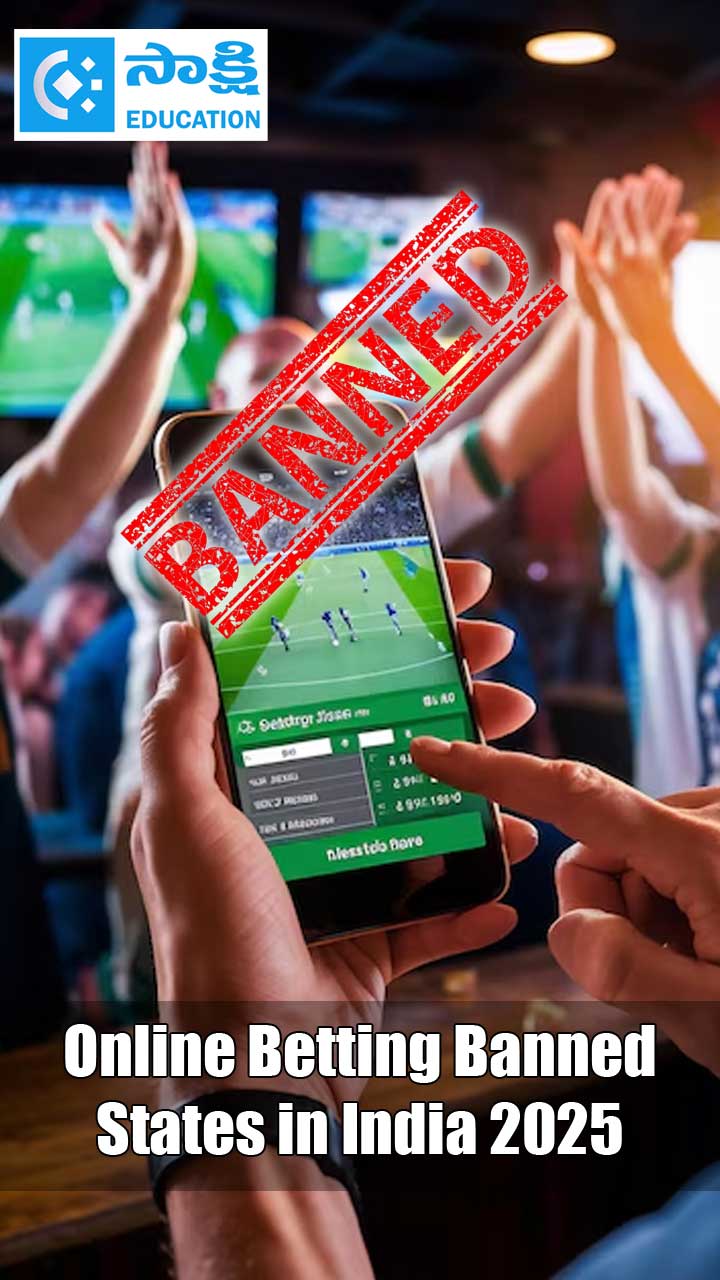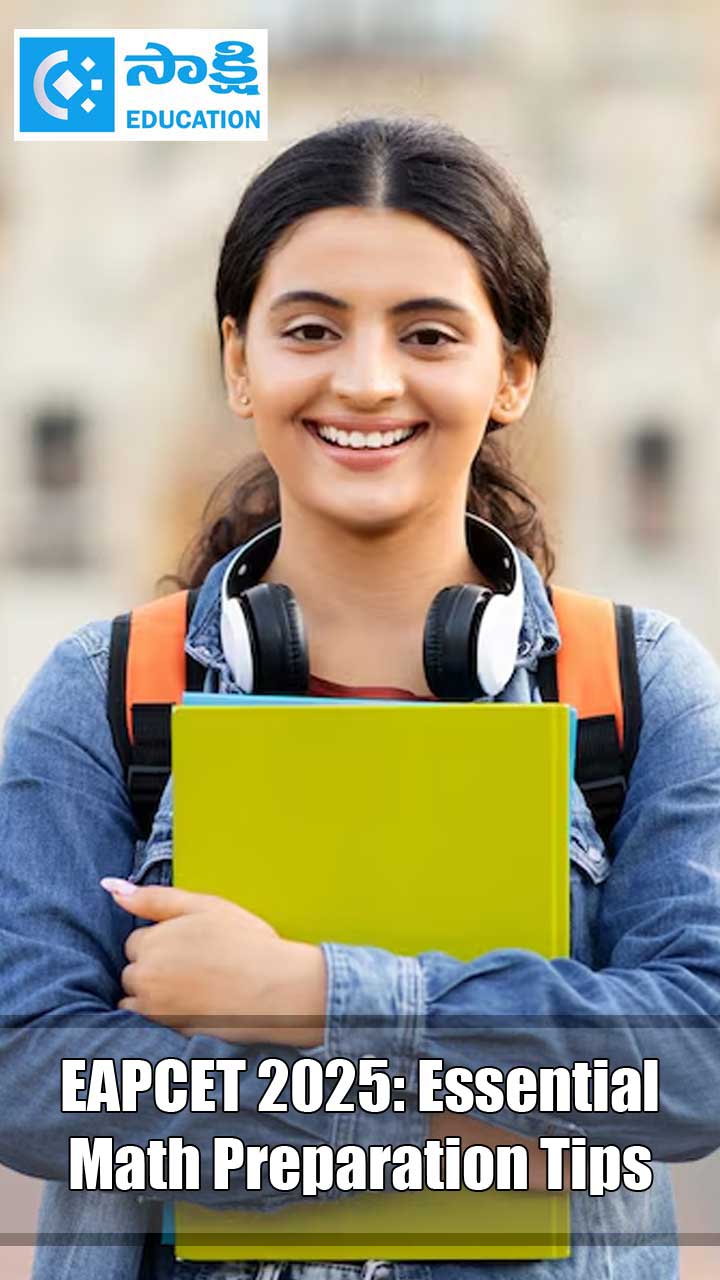WIPRO Recruitment Model and Sample Paper
Sakshi Education
Company Profile
Wipro was previously known as Western India Vegetable Products Ltd was started by Mr.M.H Premji. The company manufactured vegetable oil, vegetable ghee and laundry soap. In 1966, upon the untimely demise of M.H. Premji, his son, Mr.Azim Hasham Premji, a 21-year-old student of engineering at Stanford University, was called upon to run the company. Under him, Wipro embarked on an ambitious phase of expansion. The business diversified into fluid power, soaps, toiletries, lighting and baby care products, and distribution was considerably expanded. Some of the important consumer products made by Wipro include soaps, baby care products, bulbs, tube lights, shampoos, powder etc. The financial strength of the consumer care division powered further diversifications, particularly in infotech and healthcare.
The Infotech era began in the late seventies and Wipro set up its IT business in Bangalore in 1980. Wipro became the No.1 listed company in the country in just 15 years. In a reorganisation, the firm went public with Wipro Technologies, the global IT services subsidiary, whose gross income grew by 65 percent to reach Rs.1042 crore($240 million).Wipro's software business was assessed at SEI CMM Level 5(.Wipro's technology divisions, global R&D and telecom solutions contributed 46 percent of the software revenue, and the balance was accounted for by enterprise solutions business. E-commerce contributed 15 percent of enterprise solutions revenue for the year. Sales and other incomes of the second division, Wipro Infotech, the Indian IT services and products business that takes care of networking solutions, customer services, computers and peripherals, grew by 20 percent to Rs.825 crore.
Wipro Technologies soon plans to tap the global capital body through an issue of American Depository Receipts(ADR) or Global Depository Receipts(GDR). It established its headquarters in Santa Clara, US, with Mr.Vivek Paul as the company's president and CEO.
Mr.Azim H. Premji is presently the Chairman. Mr.Premji owns about 75 percent of the Wipro stock. He also happens to be the richest Indian in the world.
Recruitment Model
Written Test:
The Wipro test consists of 75 questions. It is a multiple choice test with no negative marking. The paper emphasises on your basic 11th and 12th standard physics, chemistry, math with about 40-45 questions on these three subjects. There are about 10-15 data sufficiency and aptitude questions and about 15-20 technical questions on your respective branch of engineering. A separate paper is held for the various branches of engineering. The PCM and aptitude based questions are the same for everyone and different engineering branches have their own set of questions. Everyone though has an option of writing a hardware or software paper. A part of the Wipro group, Wipro Infotech also has its own campus recruitments. Its test is technical with 50 MCQ to be done.
Interview
The test is followed by a Technical and a HR interview. The technical interview is highly specalized and covers almost all subjects you have done in your curriculum. However one is required to name his/her favorite subject on which most of the interview is focused. For Computer Engineers C, Operating Systems, DBMS, Microprocessors are mostly focused upon. Electronics Engineers can be grilled on DCLD, Microprocessors and Communications.
The HR interview which follows the technical interview is very general. In most cases questions regarding the company are asked.
WIPRO 2011 PAPER
Directions (1-5): Study the following information carefully and answer the questions given below:
A, B, C, D, E, F and G are sitting around a circle facing at the centre. D is sitting between A and G. F is second to the right of G and E is second to the right of F. C is not an immediate neighbor of G.
Wipro was previously known as Western India Vegetable Products Ltd was started by Mr.M.H Premji. The company manufactured vegetable oil, vegetable ghee and laundry soap. In 1966, upon the untimely demise of M.H. Premji, his son, Mr.Azim Hasham Premji, a 21-year-old student of engineering at Stanford University, was called upon to run the company. Under him, Wipro embarked on an ambitious phase of expansion. The business diversified into fluid power, soaps, toiletries, lighting and baby care products, and distribution was considerably expanded. Some of the important consumer products made by Wipro include soaps, baby care products, bulbs, tube lights, shampoos, powder etc. The financial strength of the consumer care division powered further diversifications, particularly in infotech and healthcare.
The Infotech era began in the late seventies and Wipro set up its IT business in Bangalore in 1980. Wipro became the No.1 listed company in the country in just 15 years. In a reorganisation, the firm went public with Wipro Technologies, the global IT services subsidiary, whose gross income grew by 65 percent to reach Rs.1042 crore($240 million).Wipro's software business was assessed at SEI CMM Level 5(.Wipro's technology divisions, global R&D and telecom solutions contributed 46 percent of the software revenue, and the balance was accounted for by enterprise solutions business. E-commerce contributed 15 percent of enterprise solutions revenue for the year. Sales and other incomes of the second division, Wipro Infotech, the Indian IT services and products business that takes care of networking solutions, customer services, computers and peripherals, grew by 20 percent to Rs.825 crore.
Wipro Technologies soon plans to tap the global capital body through an issue of American Depository Receipts(ADR) or Global Depository Receipts(GDR). It established its headquarters in Santa Clara, US, with Mr.Vivek Paul as the company's president and CEO.
Mr.Azim H. Premji is presently the Chairman. Mr.Premji owns about 75 percent of the Wipro stock. He also happens to be the richest Indian in the world.
Recruitment Model
Written Test:
The Wipro test consists of 75 questions. It is a multiple choice test with no negative marking. The paper emphasises on your basic 11th and 12th standard physics, chemistry, math with about 40-45 questions on these three subjects. There are about 10-15 data sufficiency and aptitude questions and about 15-20 technical questions on your respective branch of engineering. A separate paper is held for the various branches of engineering. The PCM and aptitude based questions are the same for everyone and different engineering branches have their own set of questions. Everyone though has an option of writing a hardware or software paper. A part of the Wipro group, Wipro Infotech also has its own campus recruitments. Its test is technical with 50 MCQ to be done.
Interview
The test is followed by a Technical and a HR interview. The technical interview is highly specalized and covers almost all subjects you have done in your curriculum. However one is required to name his/her favorite subject on which most of the interview is focused. For Computer Engineers C, Operating Systems, DBMS, Microprocessors are mostly focused upon. Electronics Engineers can be grilled on DCLD, Microprocessors and Communications.
The HR interview which follows the technical interview is very general. In most cases questions regarding the company are asked.
WIPRO 2011 PAPER
Directions (1-5): Study the following information carefully and answer the questions given below:
A, B, C, D, E, F and G are sitting around a circle facing at the centre. D is sitting between A and G. F is second to the right of G and E is second to the right of F. C is not an immediate neighbor of G.
- Who is to the immediate left of E?
1) A
2) C
3) F
4) Data inadequate
5) None of these
- Which of the following is not correct?
1) G is second to the right of A
2) B is second to the right of D
3) F is second to the left of E
4) E is second to the left of D
5) All are correct
- In which of the following groups the third members is sitting between the first and the second members?
1) EAD
2) DGB
3) GFB
4) DAG
5) None of these
- Who is sitting between C and A?
1) E
2) D
3) F
4) G
5) None of these
- Who is to the immediate right of G?
1) F
2) D
3) B
4) Data inadequate
5) None of these
- A student scores 55% marks in 8 papers of 100 marks each. He scores 15% of his total marks in English. How much does he score in English?
1) 55
2) 66
3) 77
4) 44
5) None of these
- What should come in place of the question-mark (?) in the following number series?
5690 5121 4552 3983 3414 2845?
1) 2276
2) 2516
3) 2746
4) 2356
5) None of these
- Car ‘X’ covers a distance of 385 kms in 7 hours and car ‘Y’ covers a distance of 715 kms in 13 hrs. What is the difference in the speed of the two cars?
1) 2kms/hr
2) 1km/hr
3) 3kms/hr
4) 5kms/hr
5) None of these
- The ratio of the present ages of Sunita and vinita is 4:5. Six years hence the ratio of their ages will be 14:17. What will be the ratio of their ages 12 years hence?
1) 15:19
2) 13:15
3) 16:19
4) 17:19
5) None of these
- Find out the greatest possible number for which 30% of that number is less than 100?
1) 331
2) 335
3) 325
4) 333
5) 328
Directions (Q. 11-25): Read the following passage carefully and answer the questions given below it. Certain words are given in bold to help you to locate them while answering some of the questions.
The health of nations can be measured by the food security and well-being of their people. An innovative programme in India shows how botanic gardens can contribute to that well-being by educating people about the uses of local biodiversity, particularly for healthcare and income-generation.
In 1994, the Tropical Botanic Garden and Research Institute in Kerala launched two outreach programmes – “Herbs for All and Health for All” and “Plants for All and Wealth for All”. The programmes teach people how to take care of their food, nutrition, hygiene and health by making the best use of the plant resources around them.
The Research Institute selected four rural villages as partners. A team of scientists, including botanists, experts in Ayurveda (a holistic system of healing, which evolved among the sages of India some 3000-5000 years ago), and sociologists visited the villages and met with local leaders to explain the programmes. The villages selected representatives to attend a two-day workshop in Kerala devoted to agro biodiversity and conservation.
The workshop particularly highlighted the role of home gardens as a tool for the community management of genetic resources. The students visited a model home garden at the institute, composed of many different medicinal and ornamental plants and vegetables. They were encouraged to take samples from the home garden with them when they returned to their villages.
The next step was intensive training on primary health care and the conservation and sustainable use of plant diversity. The trainees, a core group of 10 people selected from the workshop participants by each village, learned how to treat common ailments with plants conserved at the Botanic Garden.
At the end of the training, they were furnished with seedlings of medicinal plants and lesser known fruits and vegetables, as well as practical information on cultivating them back home.
Returning to their villages, the trainees each adopted 20 local families to educate in the preparation and use of plant-based herbal medicines, stressing the need for self- reliance in the primary health care of family members. The programme has since been extended to other villages and the Botanic Garden and Research Institute has widened its reach even further by producing and distributing brochures, fliers and books in the local language on primary health care, commonly cultivated medicinal and aromatic plants and wild edible fruits and vegetables. The Kerala programme has been recognized by the World Bank and international organizations as an inspiration for projects in developing countries.
- A nation’s health cannot be considered sound when it is unable to provide
1) its people with proper employment.
2) its people with proper infrastructure for career growth.
3) its populace with the basic necessities of life.
4) its people with a secure environment and gardens
5) its subject with proper education.
- Botanic gardens play a virtual role in making people lead a good life by
1) focusing on the positive aspects of our environment.
2) promoting agri-business on a large scale.
3) making them aware about sound health and happy life.
4) adopting various anti-pollution measures.
5) producing several developmental models.
- What is the objective of the programmes “Herbs for All and Health for All” and “Plants for All and Wealth for All”?
1) to raise the income level of people
2) to focus on the attainment of universal literacy
3) to make people aware about their surroundings
4) to make people aware of their rights
5) None of these
- What is the role of home garden as mentioned in the passage?
1) It can preserve the origins of various plants.
2) It can help in reproducing plants which have become extinct.
3) It can help in better understanding of our bio-diversity.
4) It can store herbal plants.
5) None of these
- Which of the following is true in context of the passage?
1) The evolution of Ayurveda dates back to 3000-5000 B.C.
2) The Tropical Botanic Garden and Research Institute in Kerala was founded in the year 1994.
3) The two-day workshop was held in the villages of Kerala.
4) The Kerala programme has been funded by the World Bank.
5) None of these
- What seems to be the prime reason behind the cultivation of herbal plants, wild edible fruits and vegetables?
1) to research in the field of botany
2) to restore our ancient practice of ayurveda
3) to promote primary healthcare
4) to return to nature
5) None of these
- Which of the following is not true in context of the passage?
1)The Kerala programme is running successfully in various developing countries.
2) The Kerala programme initially focused on the rural areas.
3) A nation is healthy if it feeds well its entire population.
4) Common ailments can be treated by using herbal plants.
5) None of these
- What is unique about the treatment of Ayurveda as mentioned in the passage?
1) It takes years to cure a disease.
2) It is the oldest system of healing.
3) It treats the whole person rather than just the symptoms of a disease.
4) It is based on cults.
5) None of these
- What is the central theme of this passage?
1) Ecology and science in our life
2) Environment and pollution
3) Health of our nation
4) Botanic gardens and their utilities
5) Biodiversity’s links to health
Directions (Q. 20-22): Choose the word which is most similar in meaning to the word given in bold as used in the passage.
- SUSTAINABLE
1) conservative
2) striking
3) effective
4) maintained
5) justified
- AILMENTS
1) problems
2) disorders
3) imbalance
4) syndrome
5) illness
- AROMATIC
1) herbal
2) mystical
3) fragrant
4) distinct
5) extinct
Directions (Q.23-25): Choose the word which is most opposite in meaning to the word given in bold as used in the passage.
- OUTREACH
1) farflung
2) farthest
3) selected
4) distant
5) limited
- CONSERVATION
1) deterioration
2) peril
3) recrimination
4) degradation
5) depreciation
- FURNISHED
1) deprived
2) refused
3) altered
4) diminished
5) halted
Published date : 11 Apr 2011 07:29PM



















